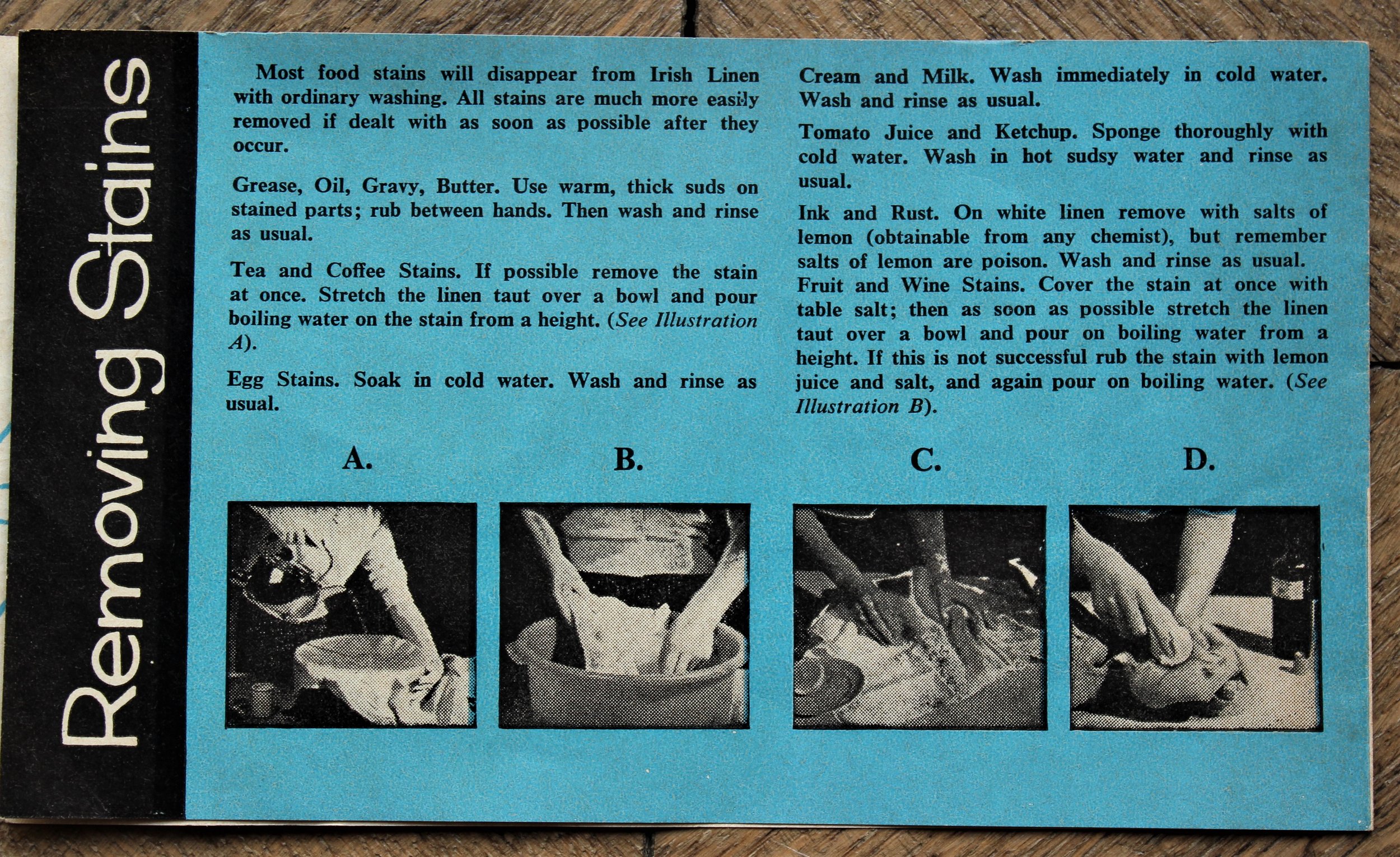A Clean Sheet
/1957.209
In 1910 Star Engineering Co Ltd of Wolverhampton invented this hand-powered vacuum cleaner. The company usually made bicycles, electric fires and wheels for horse-drawn vehicles. The vacuum worked by pumping the concertina drum up and down to suck up the dust. While such devices required more exertion than a modern vacuum cleaner, they were simple to master and usually more efficient than using a broom. It wasn’t until 1912 that William Henry Hoover’s upright vacuum cleaner came to Britain. Even so Star Engineering continued to make this one until 1938.
In the early 20th century domestic cleaning was done without electricity, either using a simple mop and broom or hand-powered vacuums and washing machines. Such mechanical devices were less likely to break than our modern electrical equivalents and easier to repair. On the other hand the advance of labour-saving technology liberated women who traditionally carried the burden of domestic chores, by giving them more time and thus more control over their lives.
While most of us wouldn’t want to give up our electrical cleaning devices, we can still consider more carefully how we use them. When electrical devices stop working, could they be repaired rather than thrown away? If they do need replacing, ensuring the new product has a good energy efficiency rating can reduce energy bills and thus carbon emissions. Even better we can switch to a renewable energy supplier or consider generating our own power using solar panels, so our devices aren’t being powered by fossil fuels.
Do we always need to use an electrical device? For small jobs would a mop, broom or dustpan and brush do the job? We can use our dishwashers more efficiently by making sure they are full and save water by letting them do their job. Most experts agree there is no need to rinse items under the tap first, just scrape off any food solids into the food waste caddy. Do the clothes need to go in the washing machine, could they be worn a few more times or spot cleaned? 90% of the energy a washing machine uses is to heat the water. Washing full loads and using cool temperatures saves energy and is better for the clothes too. Dryers use nearly as much energy as a fridge, and 30% more if the lint filter isn’t clean, so air drying is best.
In an earlier blog post we learnt about the multiple uses of a simple bar of soap but there are also other household store cupboard items that can be used for cleaning. This information leaflet for Irish Linen lists some traditional methods for removing stains.
1998.71
It describes removing most stains with soaking and soap and removing fruit and wine stains using table salt and lemon juice. In general it suggests that looking after a linen means “it lasts a lifetime!”
While some cleaning products from the past are no longer advisable due to health concerns, some of them still work just as well. Baking soda can be mixed with water to make an oven cleaning paste (leave overnight and scrape off), sprinkled onto carpets then vacuumed to remove smells and mixed with vinegar for a fizzing toilet bowl cleaner. Lemons have antibacterial qualities. Leaving lemon peel in a jar of vinegar for a few days creates a powerful all-purpose cleaner. Diluted white vinegar is good for removing stains and a 50-50 solution is good for cleaning windows. I’m sure our ancestors would have many more cleaning tips for us and would advocate us putting away our plastic bottles of chemicals in favour of some tried and tested methods and a bit of elbow grease.







